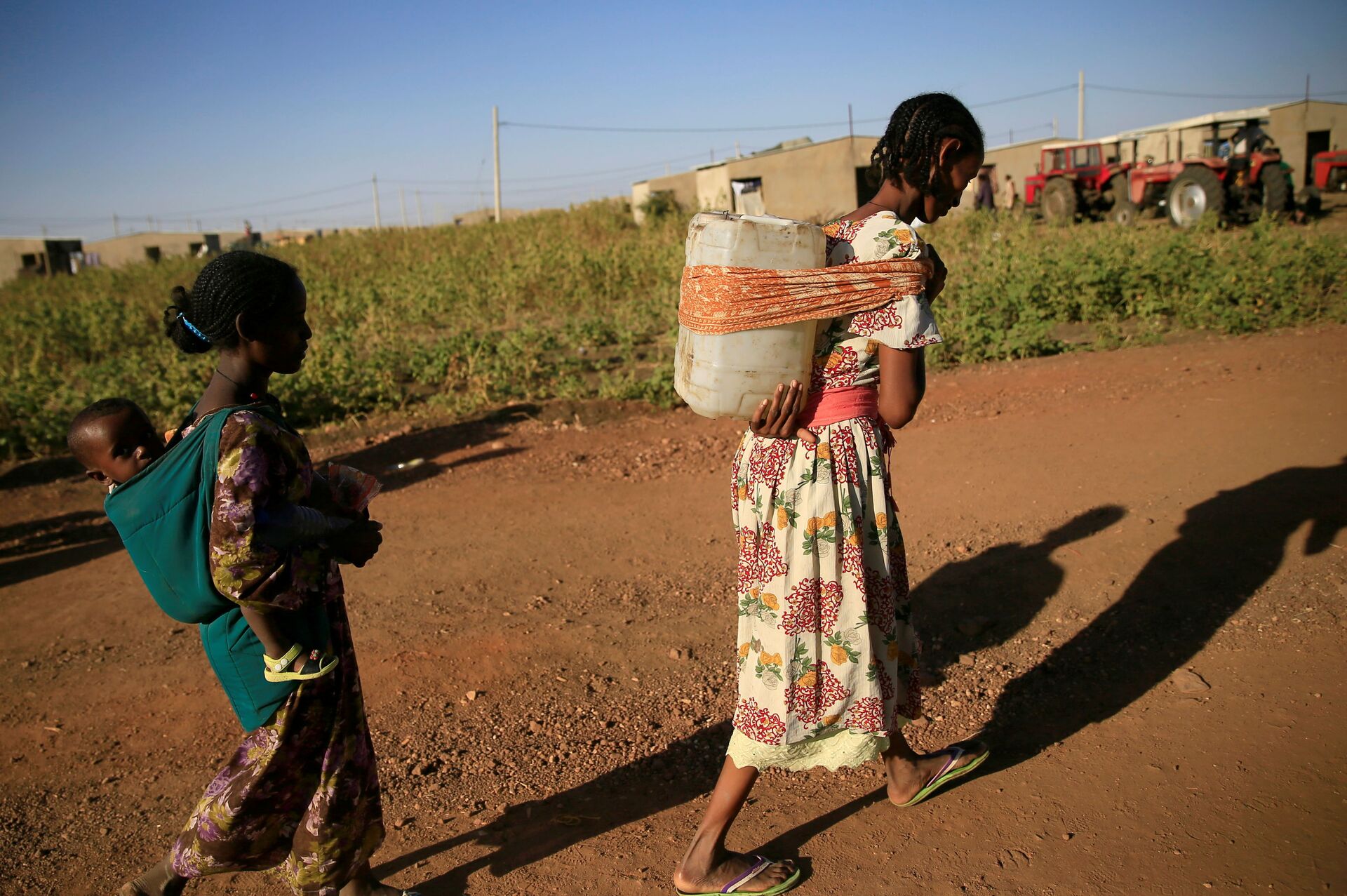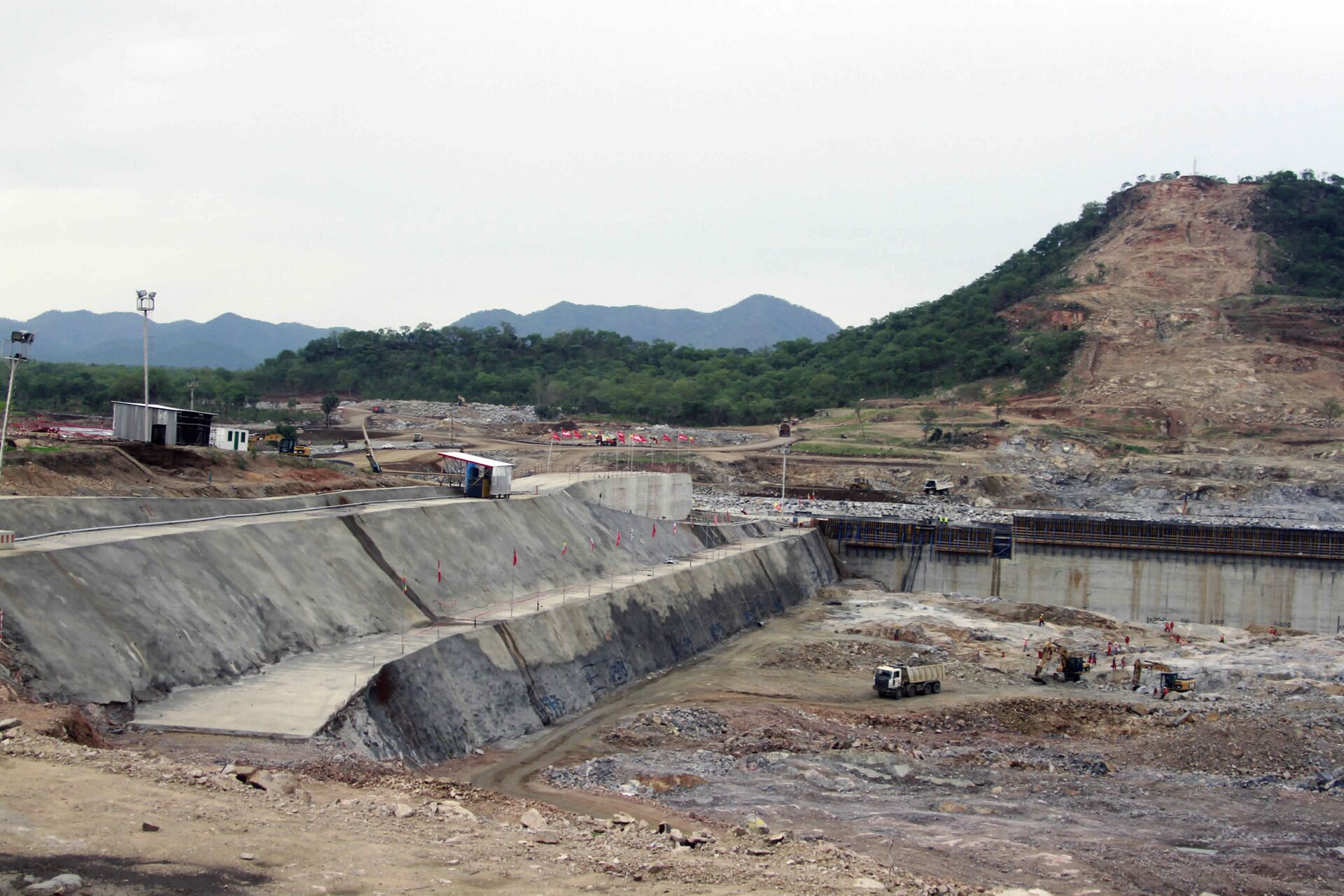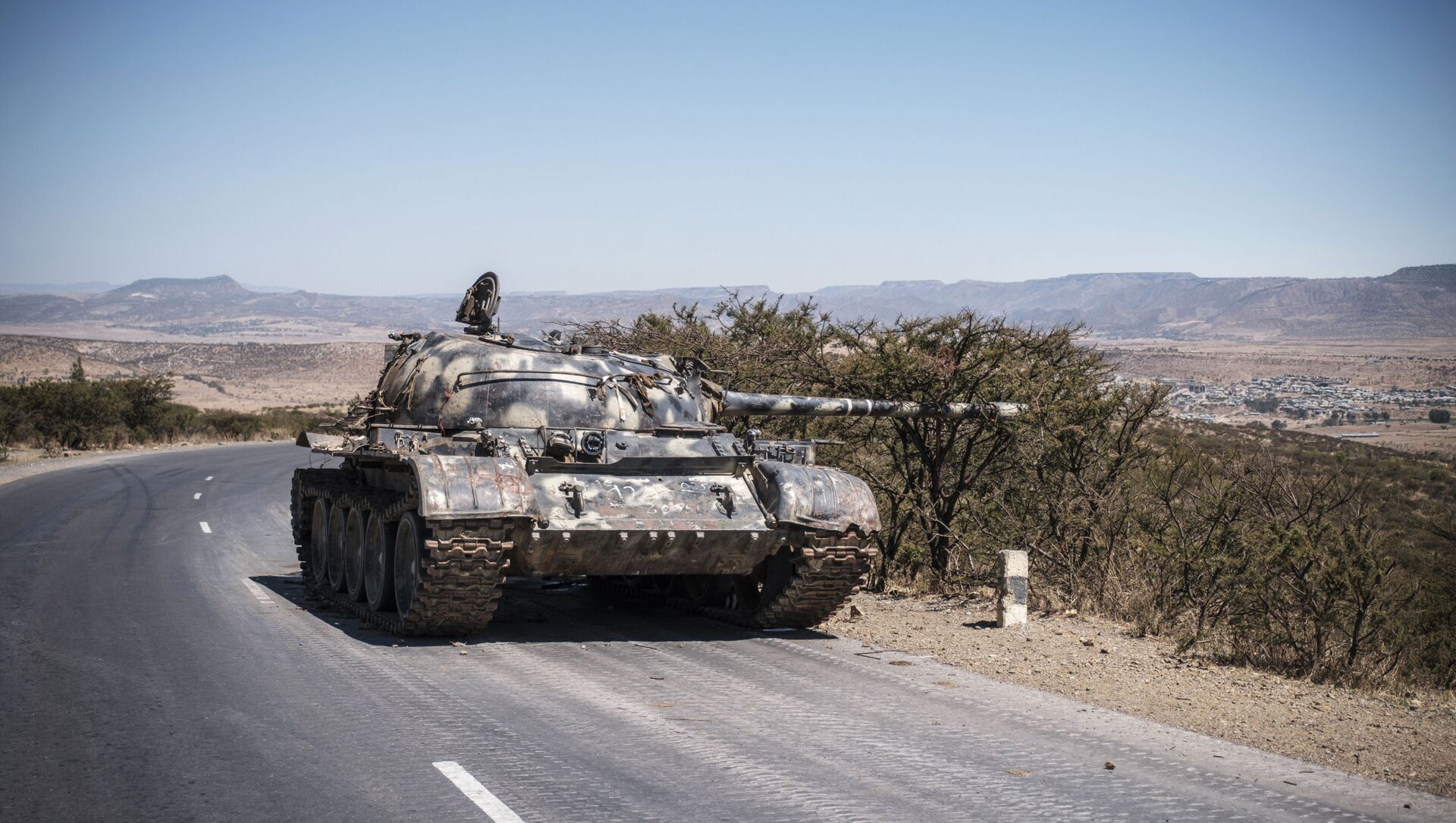The US ambassador to the United Nations and the UN’s special envoy for Sudan have both voiced concerns at tensions between Sudan and Ethiopia, who have clashed in recent months over the Fashaga Triangle.
Volker Perthes, the special envoy and head of the United Nations Integrated Transition Assistance Mission in Sudan (UNITAMS), said 70,000 people had crossed the border into Sudan in recent months flying fighting in Ethiopia’s Tigray region.
Ethiopia’s Prime Minister Abiy Ahmed sent his troops into Tigray in November to crush the Tigray People’s Liberation Front (TPLF), which had ruled the whole country between 1991 and 2012 but gradually lost their grip after the death of prime minister Meles Zenawi.

The conflict in Tigray, which also drew in neighbouring Eritrea, has caused great instability in the region, including along the border with Sudan.
On Wednesday, 10 March, Ms Thomas-Greenfield criticised "recent bellicose rhetoric" and the "positioning of additional forces around the el-Fashaga area'' and warned both side "the risk of miscalculation is high.''
She said: "We call on both sides to expand direct communications to prevent any further military escalation and commit to discussions - without preconditions."
Sudanese forces continue to take territory in the Fashaga triangle in the al ‘Alaw area. There is little resistance to the most part as it appears that militias are pulling back to settlements. pic.twitter.com/uL0MjNPmxR
— Ethiopia Map (@MapEthiopia) February 13, 2021
But what is the Fashaga Triangle and why is it suddenly a cause of friction between the neighbours?
Political analyst Shota Hiroya said: "The Fashaga triangle is a disputed fertile farmland between Sudan and Ethiopia. Colonial treaties in 1902 and 1907 signified the land belonged to Sudan however Ethiopian citizens had already settled on the land and cultivated it and were paying taxes to the Ethiopian government."
He said Sudan did not pay much attention to the Fashaga Triangle until recently and there were a number of reasons why the two countries were clashing over it now.
This comes as there are reports of fierce fighting between Sudanese and Ethiopian forces over the disputed Fashaga triangle. Eritrean troops may be involved https://t.co/kTUvVRdGk3
— Martin Plaut (@martinplaut) March 2, 2021
Mr Hiroya told Sputnik: “Ethiopia claims Sudan invaded the disputed area when Ethiopian troops were busy fighting the armed forces of the TPLF (Tigray People’s Liberation Front), calling Sudan opportunistic and taking advantage of the situation.”
“Sudan on the other hand claims Ethiopian Prime Minister Abiy Ahmed invited Sudanese troops to Fashaga days before the war and said he will allow Sudanese troops to return to the border as long as they prevent prevent TPLF-affiliated fighters from using the border as a refuge or transit point,” Mr Hiroya said.
Really interesting. Despite recent events, some movements beginning to take place clearly denote an attempt towards peace.
— Bellum et Pax 🇧🇷 (@BellumPaxBR) March 10, 2021
In this case, Ethiopia says it is ready for negotiations on disputed borders and GERD https://t.co/3RLjHjQlnY
He said it was not clear which version was true but the Ethiopian army did withdraw from the region, leaving Amhara militiamen who were easily pushed aside by Sudanese troops.
The fighting over the Fashaga Triangle has not so far reached the scale of the 1998-2000 conflict between Ethiopia and Eritrea over the Badme Triangle, which cost more than 60,000 lives.
1. #tigay?
— K(h)al(e)kidan (@K_Mel91) March 4, 2021
2. Shouldn't the embassy focus their messaging on the Al Fashaga border conflict and GERD negotiations, or lack thereof, instead of musing about the funds raised by the Tegaru diaspora? https://t.co/4no42HfcYZ
Another issue in the background is the controversial Grand Ethiopian Renaissance Dam, which would reduce the amount of water reaching Sudan and Egypt but create huge amounts of hydro-electric power for Ethiopia.
Mr Hiroya said: “The dam is viewed as a 50/50 by Sudan. On one hand they view it as effective flood control and a major potential source of hydroelectricity but at the same time they fear Ethiopia filling in the reservoir too fast might result in lower water levels for the Nile in Sudan, resulting in power stations being knocked out and potentially a drought.”





